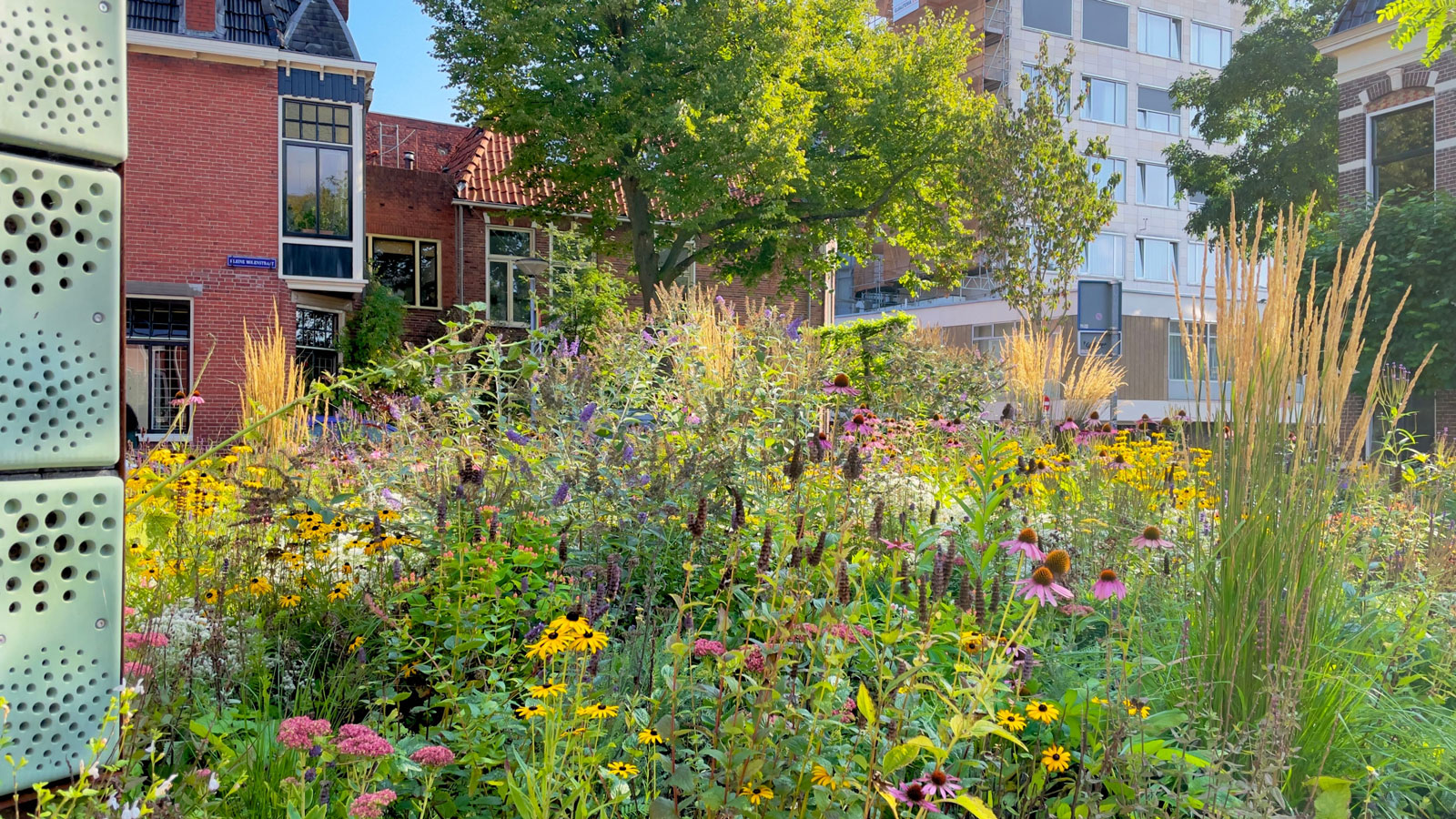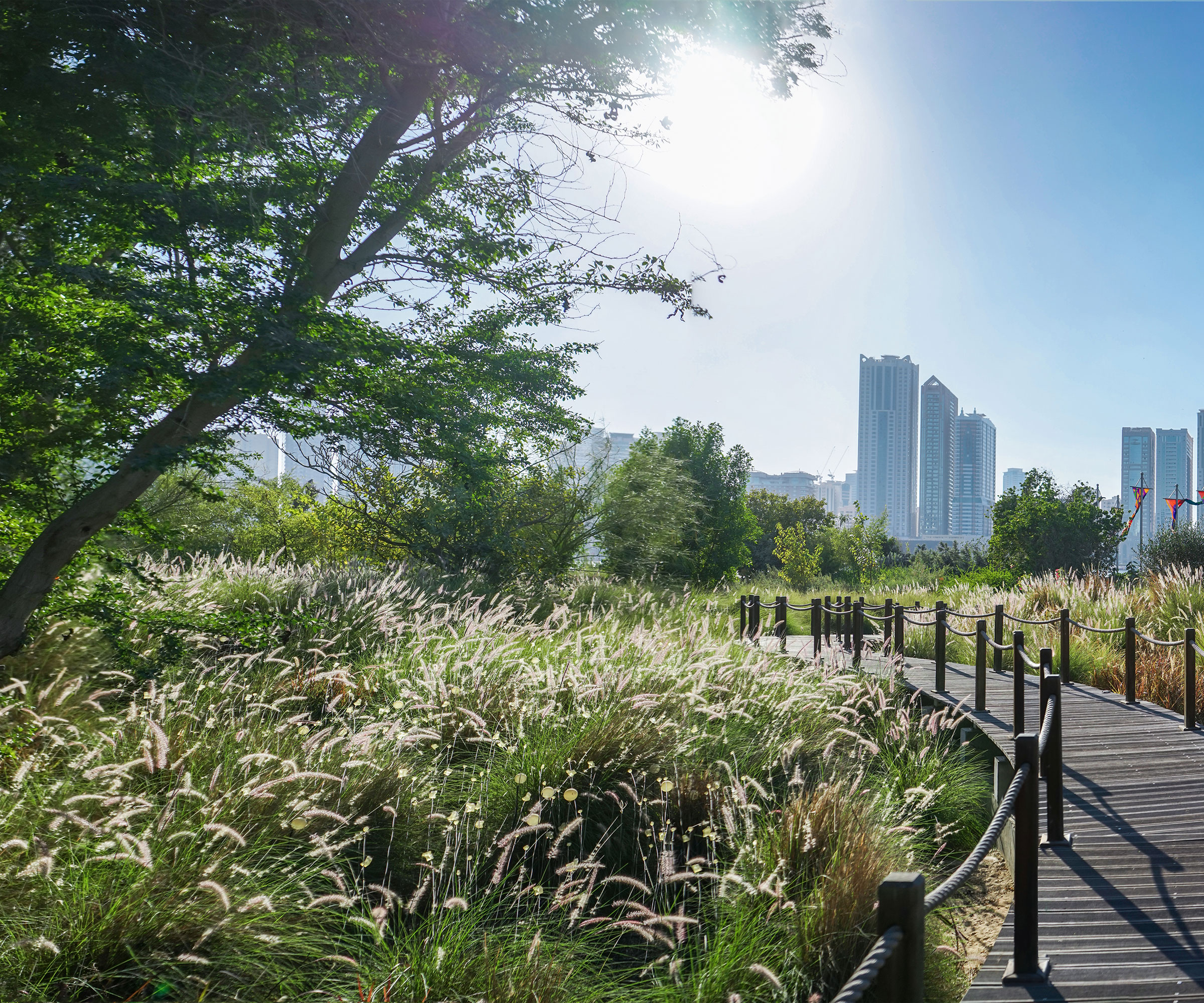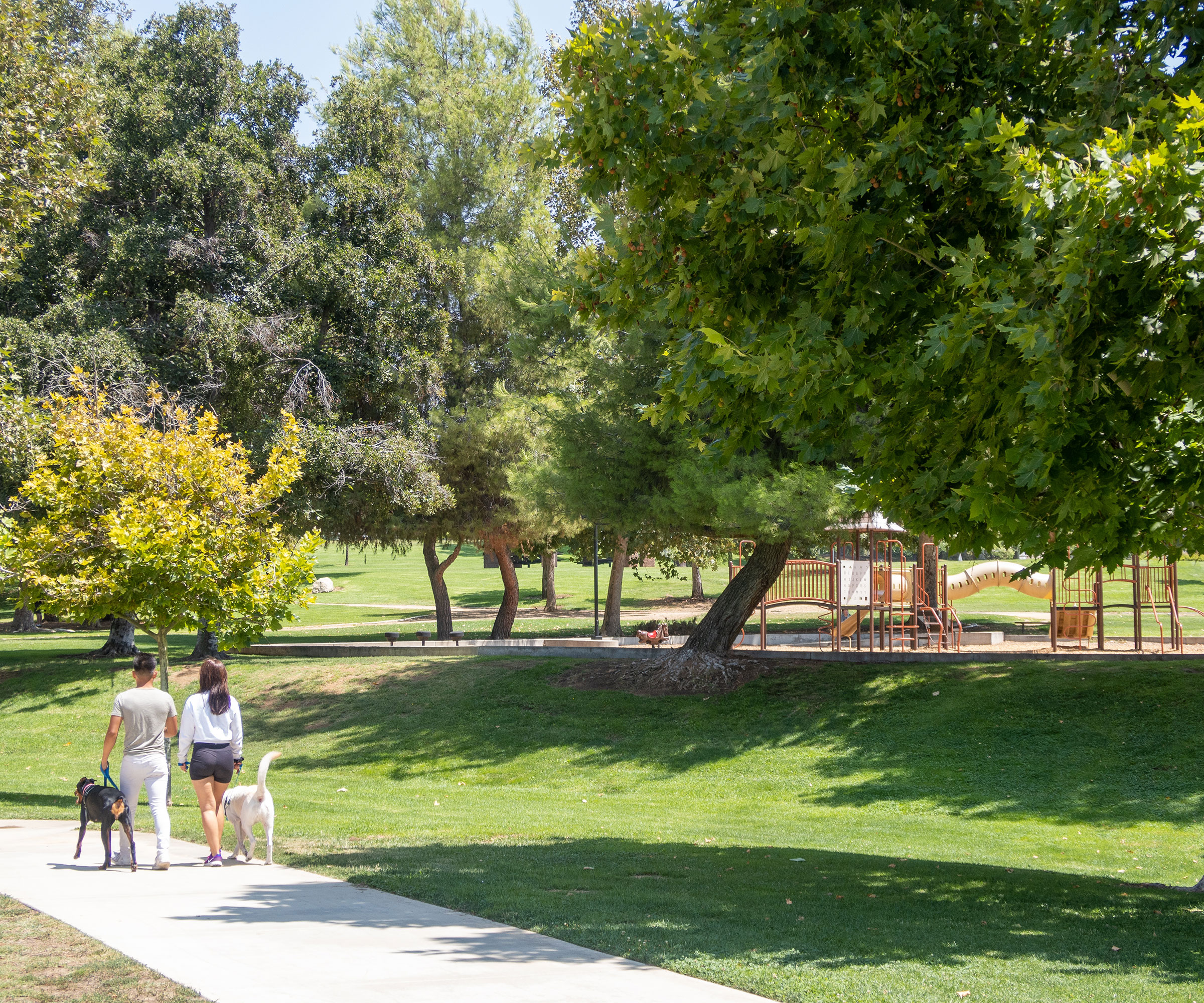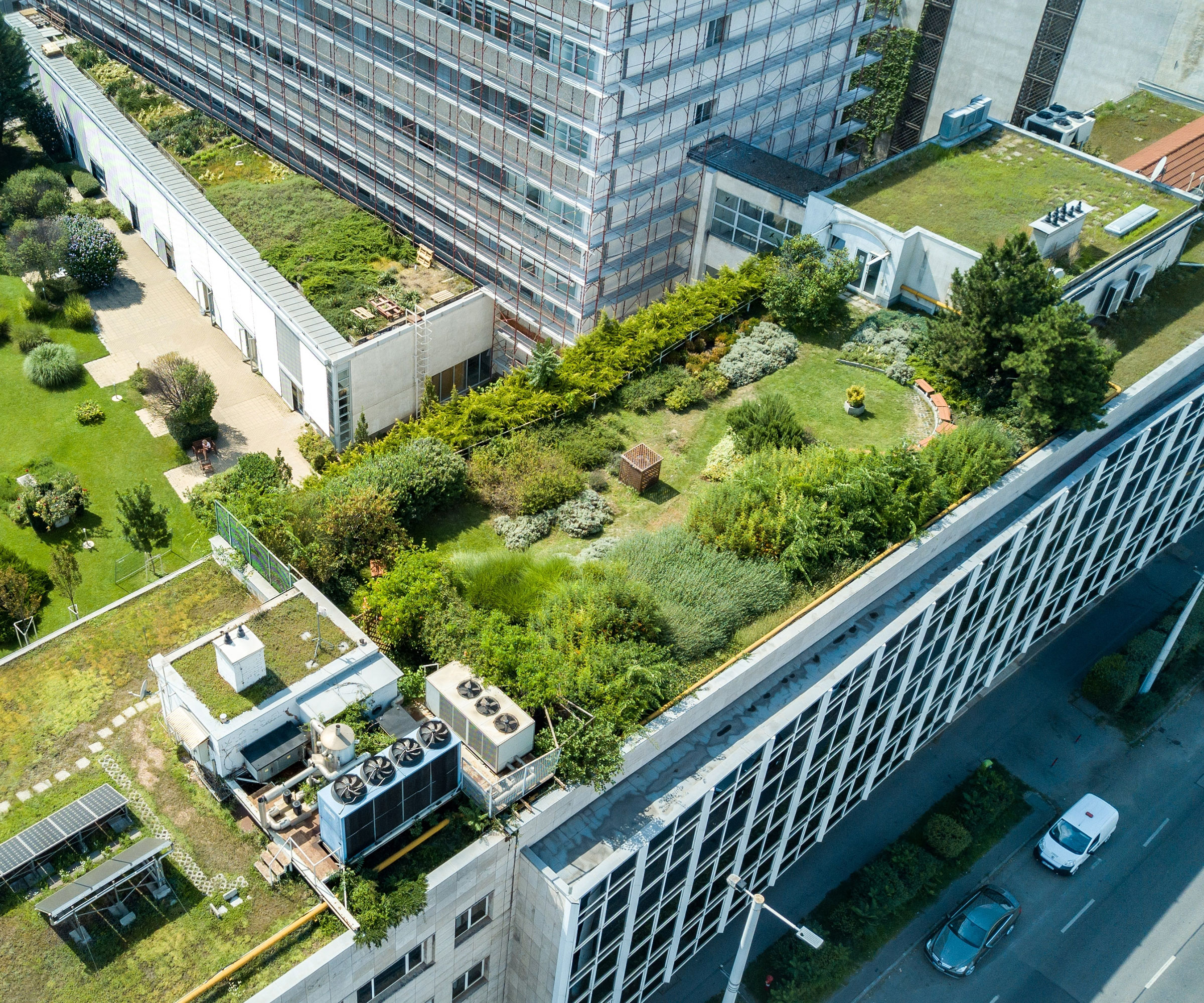Why Green Spaces Are Important – And How To Create One In Your Local Community
If you live in a town or city and don’t have a big yard, look beyond your back door. We explore why green spaces are important – and how to make more of yours


Understanding why green spaces are important can elevate both your appreciation of nature and its impact on the wider community (as well as you). Green spaces are often hard to come by in urban areas, but the benefits of green spaces are numerous, including improved mental and physical health for residents. Examples of green spaces in cities include parks and community gardens, and open areas where all residents can enjoy nature.
If you live in a city and don’t have enough space for a garden or yard, it’s well worth considering urban garden ideas that provide a community solution. There are some limitations, including funding and getting permissions, but they are not insurmountable. Learn more about why green spaces are important in cities and how to green up your own community.
What is a Community Green Space?
Understanding about community green space ideas can help create an entry point for nurturing them locally. A green space is any area within a city that is at least partially covered with vegetation. A green space can be small as long as it includes plants and welcomes the community to interact with it. Examples of green spaces in cities include:
- Parks and community gardens
- College campuses
- Sports and recreation areas
- Woods, green belts, nature reserves
- Botanical gardens.

Why Are Green Spaces Important in Urban Areas?
The idea of building these special areas into cities is increasing as the benefits of being outdoors become more widely known. Green spaces provide contact with nature that many city dwellers otherwise wouldn’t be able to access. Not all residents have the resources to leave the city to connect with nature.
People benefit from green spaces in several ways. They benefit physical health by providing areas to exercise and walk. They boost mental health by reducing stress, anxiety, and depression. As community spaces, they also improve social contact between people. These spaces can be fairly modest or small – they might be minimal, wild, or low-key. Sometimes, you might even see the results of guerilla gardening, where pockets of green spring up as a result of plants and flowers being planted in public spaces.
But why are green spaces important for cities as a whole? Parks benefit individuals, but green spaces also benefit cities by bringing people together, driving economic growth and tourism, and improving the local environment. Green spaces can even provide practical benefits, like stormwater management in specially designed green streets.

How to Create a Community Green Space
There are many reasons why green spaces are important, but building them can be a challenge involving a lot of moving parts. You may have to get creative with community green space ideas, either building something from scratch or working with what already exists to improve parks and similar areas.
Sign up for the Gardening Know How newsletter today and receive a free copy of our e-book "How to Grow Delicious Tomatoes".
As you come up with community green space ideas, consider all the practical aspects, including light and water conditions for plants, funding, community support, and any required permits or permission. Then, take these steps to get started:
- Pick a Good Spot:
An essential first consideration is where you’ll build or improve on a green space. Vacant lots are good options for community gardens and pocket parks. You might even be able to start a green roof garden or a rooftop garden. Of course, you must consider who owns the land or property and get the appropriate permission. Consider zoning laws and any permits required for building a garden or green space. - Drum up Local Interest:
Building a community green space is a big job you don’t want to tackle alone. Get others involved to help make the project a reality. Getting other individuals onboard is great, but it’s a good idea to think bigger. In order to share garden ideas and green space proposals, you can contact local community groups, churches, charities and government agencies to take advantage of more resources. Local businesses should also be involved. Green spaces provide economic benefits, so many businesses will be interested in helping. They might provide or donate materials, space, funding or even workers to help with the project. - Identify Funding & Resources:
There are many potential sources of funding for community green spaces. Local businesses may be interested in sponsoring the project. The city government might also be able to provide some funding. Look into grants from non-profit organizations that support community gardens and similar projects. The American Public Gardens Association is one group that provides community garden grants. - Plan Your Garden:
With local groups and individuals involved, and a site and funding secured, you’re ready to plan a garden or green space. Because this is a community project, you might want to enlist the help of professionals. A local landscaping company or architect may be willing to contribute time or advice to planning. A small garden doesn’t require a big plan, but a park or any space that involves structures needs more careful consideration. Be sure to work with the appropriate city departments and obtain any required permits. - Prepping & Planting:
Finally, you’re ready to build a community green space. Encourage as many volunteers as possible to make the work easier. Prep the space first, which means preparing the soil by removing weeds, adding compost or fertilizer, and tilling the soil. Then you can plant trees, shrubs, perennials, wildflowers, vegetables and anything else your garden will grow. - Plan for Maintenance:
Building the garden is just the starting point. Make sure you have a plan in place for how the green space will be maintained. Enlist volunteers on a regular schedule to weed, water, harvest and do any other work necessary for the upkeep of the garden.

Frequently Asked Questions
Why Are Green Spaces Important for the Environment?
Green spaces help the environment enormously by absorbing carbon from the atmosphere and they also help to lower temperatures in urban areas during summer months. They may also provide some essential habitats for native wildlife.
What are the Disadvantages of Green Spaces?
The downsides of creating community green spaces include startup costs, regulatory issues, safety concerns, and time and maintenance requirements. However, the pros of green spaces can widely be seen as outweighing the negatives.

Mary Ellen Ellis has been gardening for over 20 years. With degrees in Chemistry and Biology, Mary Ellen's specialties are flowers, native plants, and herbs.